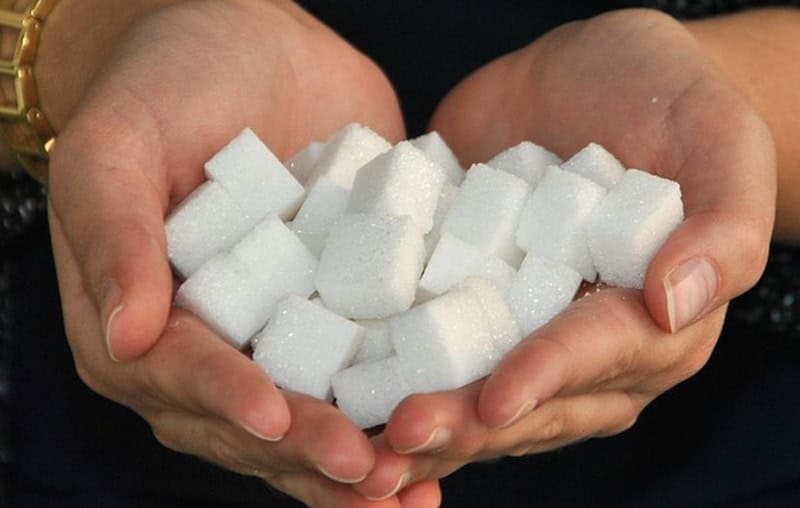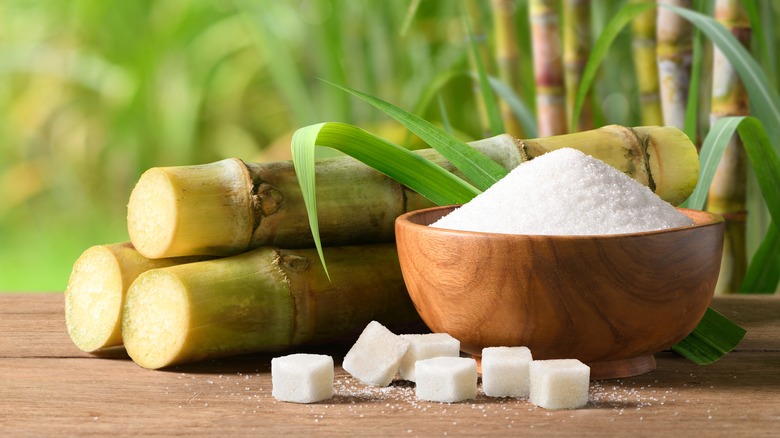Examining beet sugar vs cane sugar reveals distinctions in economic factors and availability.
Examining beet sugar vs cane sugar reveals distinctions in economic factors and availability.
Blog Article
Discover the Uses and Advantages of Beet Sugar Vs Cane Sugar in Your Daily Diet Regimen
Checking out the distinct qualities of beet and cane sugar discloses greater than simply their sweetening capacities; it highlights their distinct effects on health and wellness and cookeries. Beet sugar, known for its refined taste, is often favored in fragile treats, whereas cane sugar, with its tip of molasses, adds richness to durable dishes. Each kind holds its own dietary account and glycemic effects, inviting a deeper understanding of their functions in a well balanced diet regimen and sustainable usage practices.
Beginning and Manufacturing Procedures of Beet and Cane Sugar

The distinct environments and dirt types required for growing sugar beetroots and sugarcane add to differences in their growing practices and geographic circulation, affecting the business economics and sustainability of their production. beet sugar vs cane sugar.
Nutritional Contrast Between Beet Sugar and Cane Sugar
Despite stemming from various plants, beet sugar and cane sugar are nutritionally extremely similar, both largely containing sucrose. Each provides concerning 4 calories per gram, equating to about 16 calories per teaspoon. Structurally, both sugars are composed of approximately 99.95% sucrose, with very little quantities of various other compounds like moisture and trace minerals, which do not dramatically alter their nutritional accounts.

Eventually, when choosing between beet sugar and cane sugar based on dietary web content alone, both deal the same advantages and disadvantages as they are basically forms of the same particle-- sucrose, offering fast power without various other nutrients.
Impact on Health And Wellness: Glycemic Index and Caloric Content
Discovering additionally right into the results of beet sugar and cane sugar on wellness, it is necessary to consider their glycemic index and caloric web content. Both sugars are identified as sucrose, which includes sugar and fructose. This composition leads them to have a comparable effect on blood sugar degrees. The glycemic index (GI) of both beet and cane sugar is around 65, classifying them as high-GI foods, which can create quick spikes in blood sugar levels. This is a vital facet for people go to this web-site taking care of diabetes mellitus or those attempting to support their energy levels throughout the day.
Each kind of sugar includes around 4 calories per gram, making their calorie material matching. For those keeping track of calorie consumption, specifically when taking care of weight or metabolic health conditions, understanding this equivalence is vital (beet sugar vs cane sugar). Nevertheless, too much usage of any high-calorie, high-GI food can add to health issues such as excessive weight, cardiovascular disease, and insulin resistance.
Environmental and Economic Considerations of Sugar Production
Beyond wellness effects, the production of beet and cane sugar additionally raises substantial ecological and financial concerns. Sugar beet farming tends to look what i found require cooler environments and has a reduced geographical impact compared to sugar cane, which prospers in exotic areas. Nonetheless, both plants are extensive in regards to water use and land occupation, potentially causing deforestation and water deficiency. Financially, the worldwide sugar market is highly volatile, affected by adjustments in worldwide profession plans and subsidies. Lots of nations incentivize sugar manufacturing through financial assistance, skewing market rates and influencing small-scale farmers negatively.
Additionally, the use of pesticides and plant foods in both beet and cane sugar cultivation can bring about soil deterioration and pollution, additional impacting biodiversity and neighborhood water bodies (beet sugar vs cane sugar). The selection in between growing sugar beet or cane often hinges on regional environmental problems and financial factors, making the sustainability of right here sugar manufacturing a complicated issue
Culinary Applications and Flavor Differences
While the ecological and economic aspects of sugar production are undoubtedly significant, the option in between beet and cane sugar likewise affects cooking applications and taste profiles. Beet sugar, originated from the sugar beet plant, is known for its extremely neutral preference. This makes it a versatile component in baking, where it does not alter the flavor of various other parts. It dissolves rapidly and is perfect for use in cakes, cookies, and pastries.
Walking stick sugar, removed from sugarcane, commonly maintains molasses traces, which give a distinct richness and deepness. This minor molasses flavor improves the intricacy of baked goods, sauces, and marinates. It is specifically favored in products where a sugar undertone is desired, such as in brownies or gingerbread. The mild variant in wetness web content in between beet and cane sugar can impact the texture and uniformity of dishes, making cane sugar a favored selection for specific dishes that benefit from its unique residential or commercial properties.

Conclusion
To conclude, both beet and cane sugar have distinctive origins and manufacturing processes, offering comparable dietary profiles with mild distinctions in sodium content and flavor. While their effect on wellness, especially concerning glycemic index and calories, is comparable, the selection between them usually comes down to environmental, economic aspects, and details cooking requirements. Comprehending these facets can lead consumers in making notified choices that align with their health and wellness objectives and flavor preferences.
Report this page